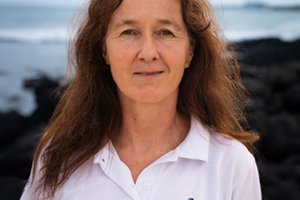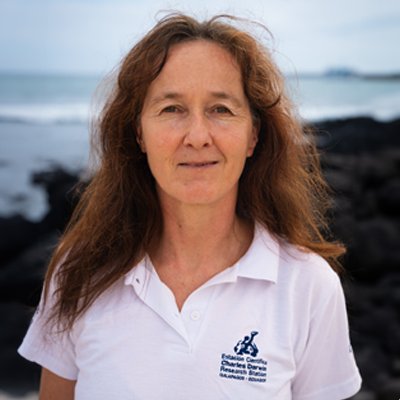Scientists from the Charles Darwin Foundation have reported that seven Little Vermilion Flycatcher chicks successfully fledged this year. These, plus eight fledglings from 2021 and six fledglings from 2020, have given this crucially small population a significant boost and have brought up the average per season from 2.6 chicks to 7 chicks.
Researchers also observed at least six young birds from the last two breeding seasons in the managed plots in the highlands of Santa Cruz, which demonstrates that the labor-intensive management efforts to recover this fragile population are working. Almost all the nests built this year were in the areas under management suggesting that birds prefer these areas that have been cleared of invasive species.

The Little Vermilion Flycatcher, endemic to the Galápagos Islands, is classified as Vulnerable by the IUCN (2022). Although some islands do have stable populations, on other islands like Floreana or Santiago this species has disappeared or declined sharply over the last 20 years.
The highland area around the Mina de Granillo Rojo is the last refuge of the Little Vermilion Flycatcher on Santa Cruz, but historically birds have struggled to produce fledglings due to a combination of restricted access to their food sources - the area is overrun by dense walls of blackberry- and chick mortality caused by the Avian Vampire Fly and rats. In response to this, the Charles Darwin Foundation and the Galapagos National Park Directorate, with support from University of Vienna, developed an integrated management plan that involves habitat restoration and protection against the larvae of the Avian Vampire Fly and other invasive species. This labor-intensive work has been carried out since 2018.
“Encouragingly, we observed this year a Little Vermilion Flycatcher pair in an area where the GNPD has just started to restore the Scalesia forest, near to the Los Gemelos tourist visitor site. This pair had two successful nests leading them to become celebrities for many of the park wardens working on this project.” Said Birgit Fessl, from the Charles Darwin Foundation.
Learn more about the research here.






